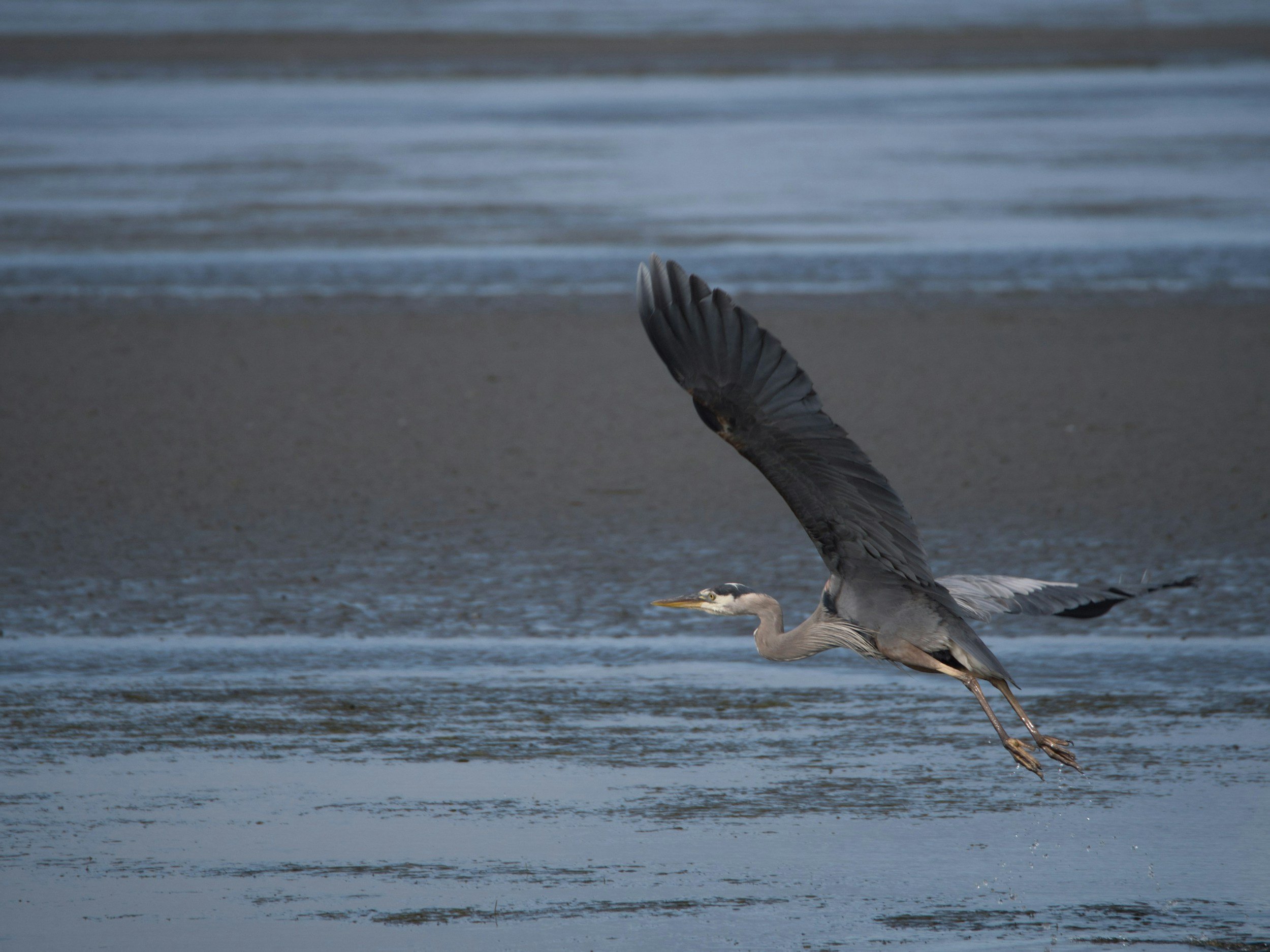
Great Blue Heron
The Great Blue Heron: Conservation, Behaviour and the Future Outlook
The great blue heron is one of North America's most recognizable wading birds, with its astonishing appearance and graceful movements. Inhabiting much of the continent, including wetlands, coasts, and waterways in Florida, these birds are an important constituent in aquatic ecosystems. Having adapted to such varied habitats, today's populations are considered stable, with estimates suggesting up to 500,000 individuals across their range.
Conservation Success and Challenges
Unlike many other wetland species, great blue heron populations have not suffered greatly. The reason largely lies in the fact that they can exploit a wide array of different habitats, ranging from freshwater marshes and mangroves to estuaries and urban ponds. These birds, however, do face some threats. Habitat loss due to the destruction of wetlands and coastal development remains a high risk, particularly in rapid urbanization areas like Florida.
Great blue heron conservation generally merges with the overall wetland conservation effort. Wetlands are crucial for herons, as well as many other species, so any attempt to preserve them affects whole ecosystems. Specific tracts like Everglades National Park and local wildlife refuges serve as protected grounds for nesting and feeding of the herons.
Pollution is another concern: pesticides, heavy metals, and plastic waste can all build up in aquatic ecosystems that herons depend on, with potentially damaging effects on their health and reproduction. Human disturbance near rookeries, or nesting colonies, may lead to nest abandonment, especially during the breeding season.
Behavior and Ecology
The great blue heron is a solitary hunter, renowned for its patience and precision. Standing up to four feet tall with a near six-foot wingspan, this bird wades into shallow waters on long legs, its dagger-like bill catching fish, frogs, and whatever else might be had. Its diet is diverse and opportunistic, sometimes including small mammals, reptiles, and insects. This adaptability allows it to thrive in both natural and human-altered environments. During the breeding season, herons are colonial, and they nest commonly in trees near water. The males choose the nesting sites and make an elaborate display to attract females. Both parents take part in building the nest, incubating 3–6 eggs, and feeding the chicks. Young herons fledge after about two months but may remain near the nesting site for a short period before dispersing.
Herons are generally silent but sometimes make a hoarse croak or squawk, particularly in agonistic interactions at nesting sites. They are powerful fliers, migrating long distances from foraging to nesting areas or vice versa, and generally performing seasonal migrations.
Future of the Species
The future for the great blue heron is bright, though further conservation of wetland habitats is necessary. The expansion of urban areas in Florida and elsewhere underscores the importance of responsible development that preserves key wetlands.
All attempts at pollution control and the protection of protected areas will benefit not only herons but also all other wetland-dependent species. Public education and wildlife-friendly policies will minimize human disturbance to nesting colonies and foster coexistence with these majestic birds.
In the end, the great blue heron remains a resilient and thriving species, emblematic of healthy aquatic ecosystems. With ongoing conservation efforts to protect wetlands and address emerging threats, the species is well-positioned to continue gracing North America's waterways for generations to come.

